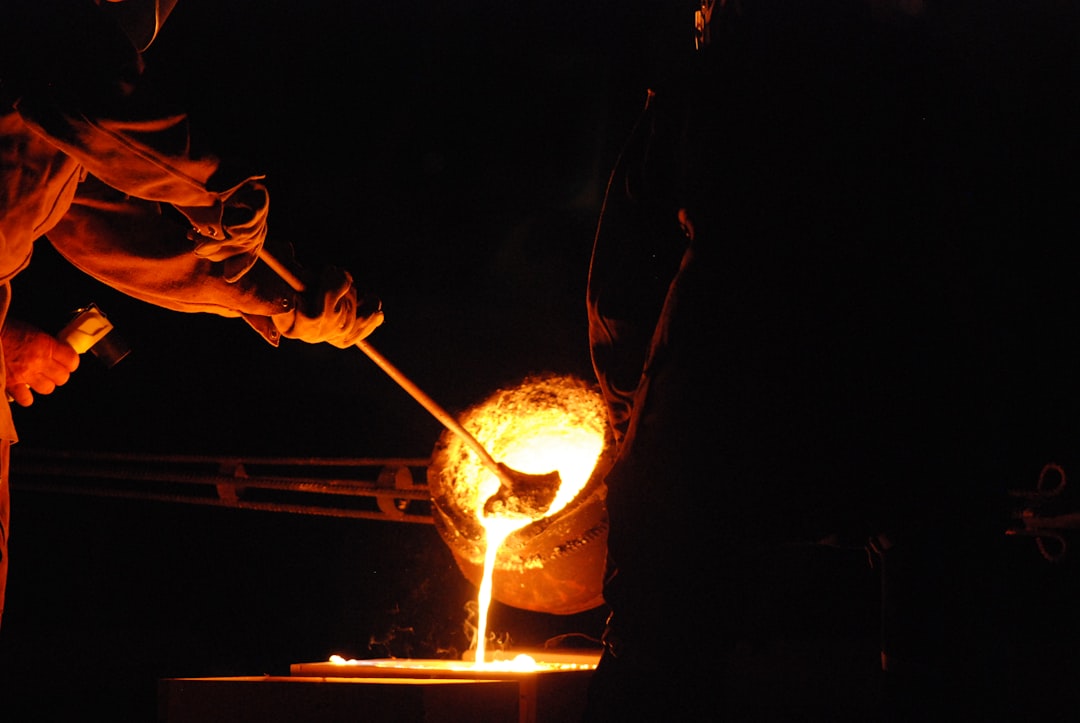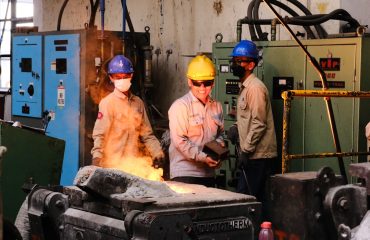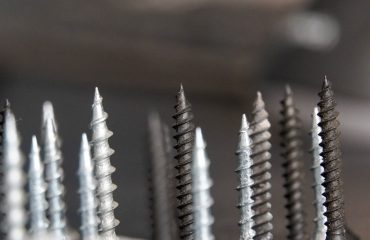The steel industry, a cornerstone of global infrastructure and manufacturing, is undergoing a period of unprecedented transformation. Driven by the relentless pursuit of improved performance, sustainability, and cost-effectiveness, Research and Development (R&D) plays a pivotal role in shaping the future of steel product innovation. This exploration delves into the key areas driving this evolution.
1. Advanced Alloy Development: The Quest for Superior Strength and Durability
The foundation of steel innovation lies in the development of advanced alloys. Researchers are constantly experimenting with different combinations of elements to enhance properties such as tensile strength, yield strength, ductility, and fatigue resistance. This includes exploring the use of micro-alloying elements to refine grain structure and improve mechanical properties. For instance, the addition of elements like niobium, vanadium, and titanium can significantly enhance the strength-to-weight ratio of steel, making it ideal for applications in aerospace, automotive, and construction industries. Furthermore, research into high-strength low-alloy (HSLA) steels continues to yield breakthroughs, enabling the creation of lighter, stronger, and more cost-effective components.
2. Revolutionizing Manufacturing Processes: Efficiency and Sustainability at the Forefront
Beyond material science, advancements in manufacturing processes are equally crucial. R&D efforts are focused on improving efficiency, reducing energy consumption, and minimizing environmental impact. This includes exploring innovative techniques such as:
- Additive Manufacturing (3D Printing): This technology allows for the creation of complex steel components with intricate geometries, reducing material waste and enabling customized designs. While still in its early stages for large-scale steel production, 3D printing holds immense potential for specialized applications.
- Advanced Rolling and Forming Techniques: Improvements in rolling mills and forming processes are leading to higher precision, better surface finishes, and reduced energy consumption. This includes the development of advanced control systems and the use of simulation software to optimize the manufacturing process.
- Sustainable Steelmaking: Reducing carbon emissions is a major focus. Research is underway to explore alternative methods of steel production, such as using hydrogen instead of coal in the blast furnace, significantly reducing the industry’s carbon footprint.
3. Smart Steel: Integrating Sensors and Data Analytics for Enhanced Performance
The integration of sensors and data analytics is transforming the way steel products are designed, manufactured, and used. “Smart steel” incorporates sensors that monitor stress, strain, temperature, and other critical parameters in real-time. This data can be used to optimize the performance of structures, predict potential failures, and enable proactive maintenance. For example, smart steel bridges can provide early warning signs of structural damage, allowing for timely repairs and preventing catastrophic failures. The development of advanced algorithms and machine learning techniques is crucial for effectively processing and interpreting the vast amounts of data generated by these sensors.
4. Tailoring Steel for Specific Applications: From Aerospace to Biomedical
R&D is pushing the boundaries of steel’s versatility, enabling its application in diverse and demanding sectors. Researchers are developing specialized steel grades tailored to the specific requirements of each application.
- Aerospace: High-strength, lightweight steels are crucial for reducing aircraft weight and improving fuel efficiency. Research is focused on developing steels with exceptional strength-to-weight ratios and resistance to fatigue and corrosion.
- Automotive: High-strength steel alloys are essential for enhancing vehicle safety and fuel economy. Advanced high-strength steels (AHSS) are increasingly used in automotive body structures to improve crashworthiness and reduce weight.
- Biomedical: Biocompatible steels are being developed for use in medical implants and devices. These steels must possess excellent corrosion resistance, biocompatibility, and mechanical strength.
- Construction: High-performance steels are used in skyscrapers, bridges, and other large-scale structures to enhance durability, strength, and longevity. Research focuses on developing steels with improved resistance to seismic activity and corrosion.
5. Life Cycle Assessment and Sustainability: Minimizing Environmental Impact
The steel industry is increasingly focused on minimizing its environmental impact throughout the entire life cycle of its products. R&D plays a critical role in developing sustainable steelmaking processes, reducing waste, and improving the recyclability of steel products. Life cycle assessments (LCAs) are being used to evaluate the environmental performance of different steel grades and manufacturing processes. This data is used to guide the development of more sustainable steel products and to inform decisions about material selection and manufacturing techniques. The circular economy model, focused on reuse and recycling, is also a central theme in current R&D efforts, aiming to minimize resource depletion and reduce the carbon footprint of steel production.
In conclusion, R&D is the driving force behind the ongoing evolution of steel product innovation. By pushing the boundaries of material science, manufacturing processes, and application development, researchers are shaping a future where steel is stronger, lighter, more sustainable, and more versatile than ever before.
SEO Tags: Steel Innovation, Steel R&D, Advanced Steel Alloys, Sustainable Steelmaking, Steel Manufacturing Processes




